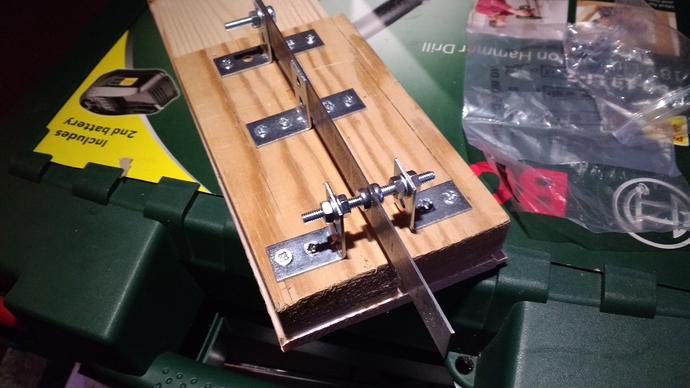So there are already an impressive number of CW threads on here already, and I’ve sat down and read all of them at some point.
Just about all of them seem to be angled from the point of view of an activator wanting to learn CW to activate summits but I’m coming at this from the point of view of a chaser who wants to learn CW to chase the summits that I’m missing from being SSB only (with the occasional local summit on FM thrown in).
It would also be good to chase some DX but I think that is a little way off as most of the big guys seem to rattle away at around 25-30 WPM (according to the decoding app on my iPad).
I guess my question comes in two parts:-
Question 1:-
I know that learning CW is a long and frustrating process. I was under no illusions on that one when I started learning.
I’m at the stage where I have the whole alphabet memorised, but it takes me about a second to decode each letter, meaning that I just cannot keep up with QSO’s on the air.
Having said that, there are certain “phrases” that I instantly recognise without any hesitation whenever I hear them (such as CQ, RR, BK & 73), even if they are being sent at 20+ WPM (well above the speed that I can decode in my head).
It seems to me that the way to get up to an acceptable/useful speed is to recognise the “phrases” used rather than trying to decode each and every letter.
Considering that SOTA contacts are generally very brief & to the point, my theory is that if I can recognise the phrases or words most commonly used the only thing that I will actually need to work out for myself is the signal report (as I would normally already have the call sign & summit reference from the spots on the website…assuming that they are correct!!!)?
This theory seems to be backed up by advise from other amateurs.
Essentially I’m looking for a list of phrases, abbreviations or words that you would use in every SOTA contact.
I’m guessing that “UR RST”, “AGN” & “QRS” would also be good ones to learn so that they are instantly recognisable and so that I can sent them without thinking!
What others do you hear in virtually every SOTA contact?
Question 2:-
I would quite like to get a couple of on air chases under my belt but I’m not sure that I’m quite up to it yet. I can send at around 10 WPM, but struggle to decode at anything faster than 5 WPM at the moment.
What is the etiquette for calling into an activator that is obviously going to be much faster than me? I’ve always been under the impression that the activator sets the pace, but I simply cannot keep up with that pace (at least not yet).
Bearing in mind that most activators seem to rattle along at 15-20 WPM, I’m imagining that it’s going to be very frustrating (and probably even infuriating) if I try to call in at between 5 & 10 WPM!
Should I wait until I’ve had a bit more practice and can keep up (or at least get close to the speed of the activator), or should I wait the pileup has cleared and call in at the end of the activation (when the chaser has called CQ several times without getting a reply) and then go for it.
I’m kind of swaying towards waiting until I can reliably run at 10-15 WPM and then call in at the end of the activation. What’s the group consensus.?



